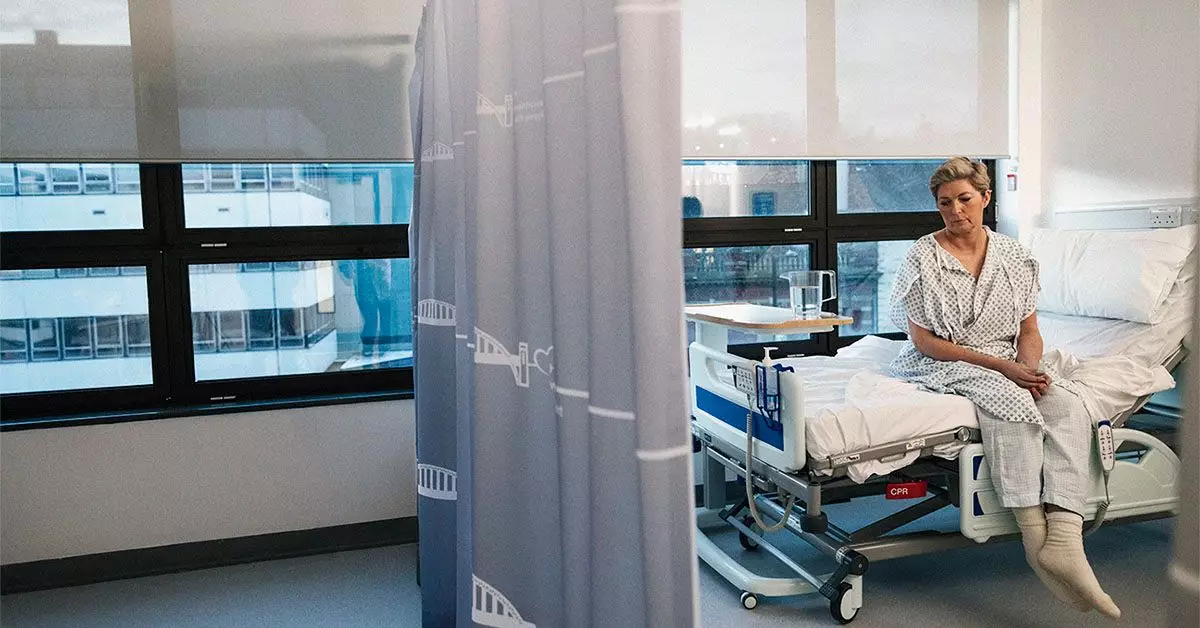Brachytherapy is an internal radiation therapy method used during the treatment of endometrial cancer. It is typically recommended after surgery or when surgery is not a viable option. This procedure involves inserting a cylindrical applicator containing radioactive material into the vagina to target and destroy cancer cells. Depending on the type of brachytherapy used, the duration of treatment and recovery time can vary significantly.
According to the American Cancer Society (ACS), brachytherapy is often employed following a hysterectomy to eradicate any remaining cancer cells. It can also be used before surgery to shrink a tumor, after external beam radiation, or as the primary treatment in cases where surgery is not feasible. Studies have indicated that vaginal brachytherapy significantly reduces the risk of endometrial cancer recurrence in the vagina, making it a valuable treatment option.
While brachytherapy can be effective in treating endometrial cancer, it does come with potential risks and side effects. For instance, low dose rate (LDR) brachytherapy can lead to deep vein thrombosis due to prolonged immobility during treatment. Additionally, radiation vaginitis, vaginal dryness, and decreased blood counts are all common side effects associated with brachytherapy. It is crucial for patients to be aware of these risks and consult with their healthcare provider to address any concerns.
Recovery from brachytherapy can vary from person to person, with most side effects typically resolving within a few weeks to 2 months after treatment. Fatigue and discomfort are common symptoms that patients may experience during recovery. In certain cases, long-term side effects such as vaginal dryness and radiation cystitis may persist, requiring ongoing management and treatment. Surgical intervention is usually the primary treatment for endometrial cancer, but for cases where surgery is not possible, radiation therapy, including brachytherapy, may be explored as an alternative treatment option.
When determining the most suitable treatment approach for endometrial cancer, several factors need to be taken into account. These factors include the stage and location of the cancer, tumor size, the patient’s age and overall health, fertility preservation considerations, and the effectiveness of various treatments on the specific cancer cells. In cases of advanced cancer, clinical trials testing new treatments may be recommended by healthcare providers to explore innovative and potentially more effective therapies.
Brachytherapy plays a crucial role in the treatment of endometrial cancer, offering a targeted and localized radiation therapy approach. While the procedure can be effective in destroying cancer cells, it is essential for patients to be aware of the associated risks and side effects. Open communication with healthcare providers and a comprehensive understanding of the treatment options available can help individuals make informed decisions about their care. Through ongoing research and advancements in treatment modalities, the outlook for patients with endometrial cancer continues to improve, offering hope for better outcomes and quality of life.

